Here’s what life was like in the 1940s
Ah, the mid-20th century—a time of transformation, innovation, and cultural shifts. The 1940s, 50s, and 60s were decades when the world was rebuilding and redefining itself. From the end of World War II to the vibrant cultural revolutions, these years were marked by profound change. Whether it was the rise of the teenager or the dawn of the space age, each decade brought its own flavor and flair, leaving an indelible mark on history.
The Post-War Boom: A New Era of Prosperity
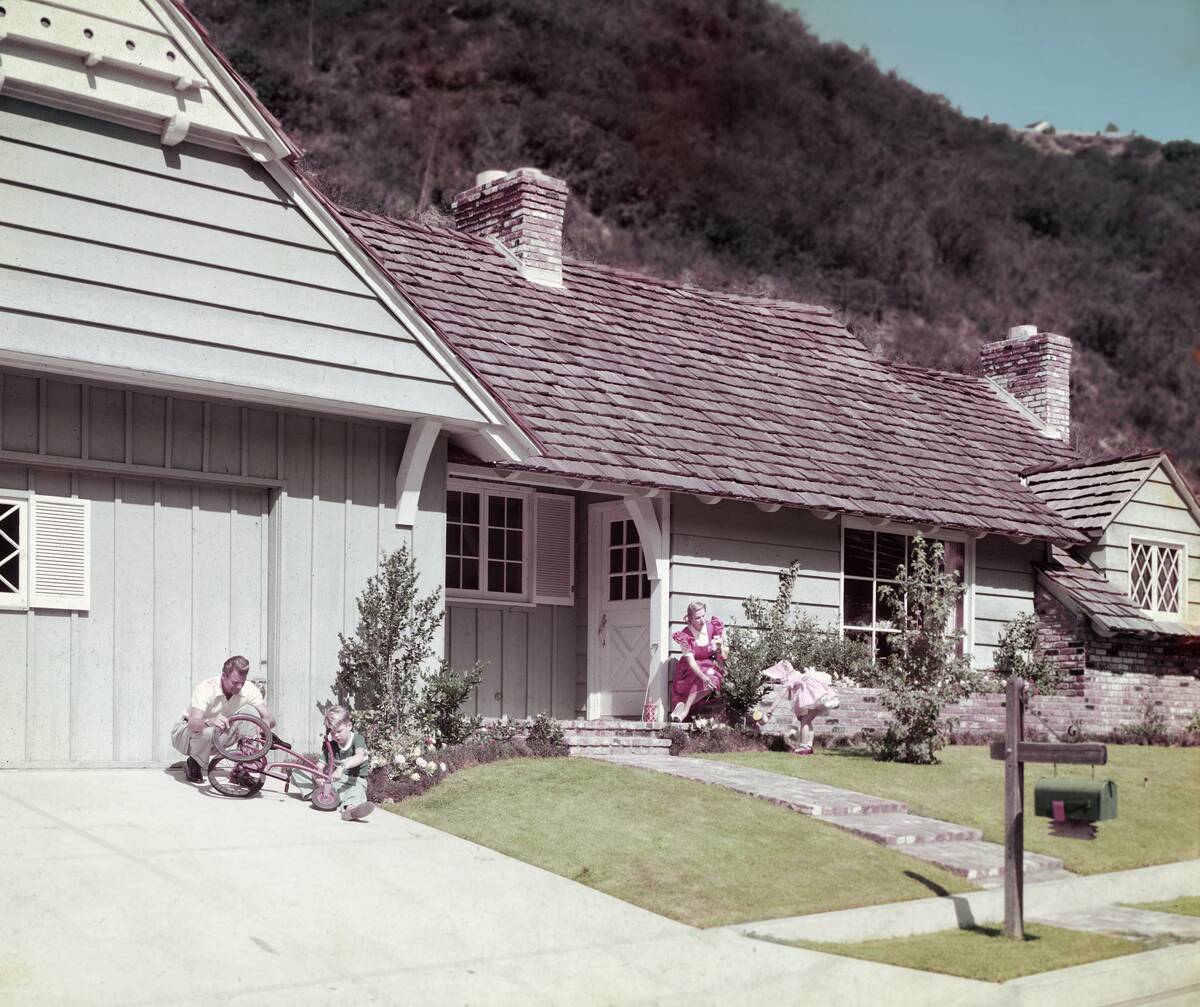
The post-war era marked a remarkable period of economic growth and prosperity. The United States, in particular, experienced a booming economy, with the Gross Domestic Product doubling between 1945 and 1960. Veterans returned home, aided by the GI Bill, which provided education and housing benefits, leading to increased home ownership. This era also saw a rise in consumerism, with families investing in appliances, cars, and other modern conveniences that signaled a newfound prosperity.
Home Sweet Home: Domestic Life in Mid-Century America
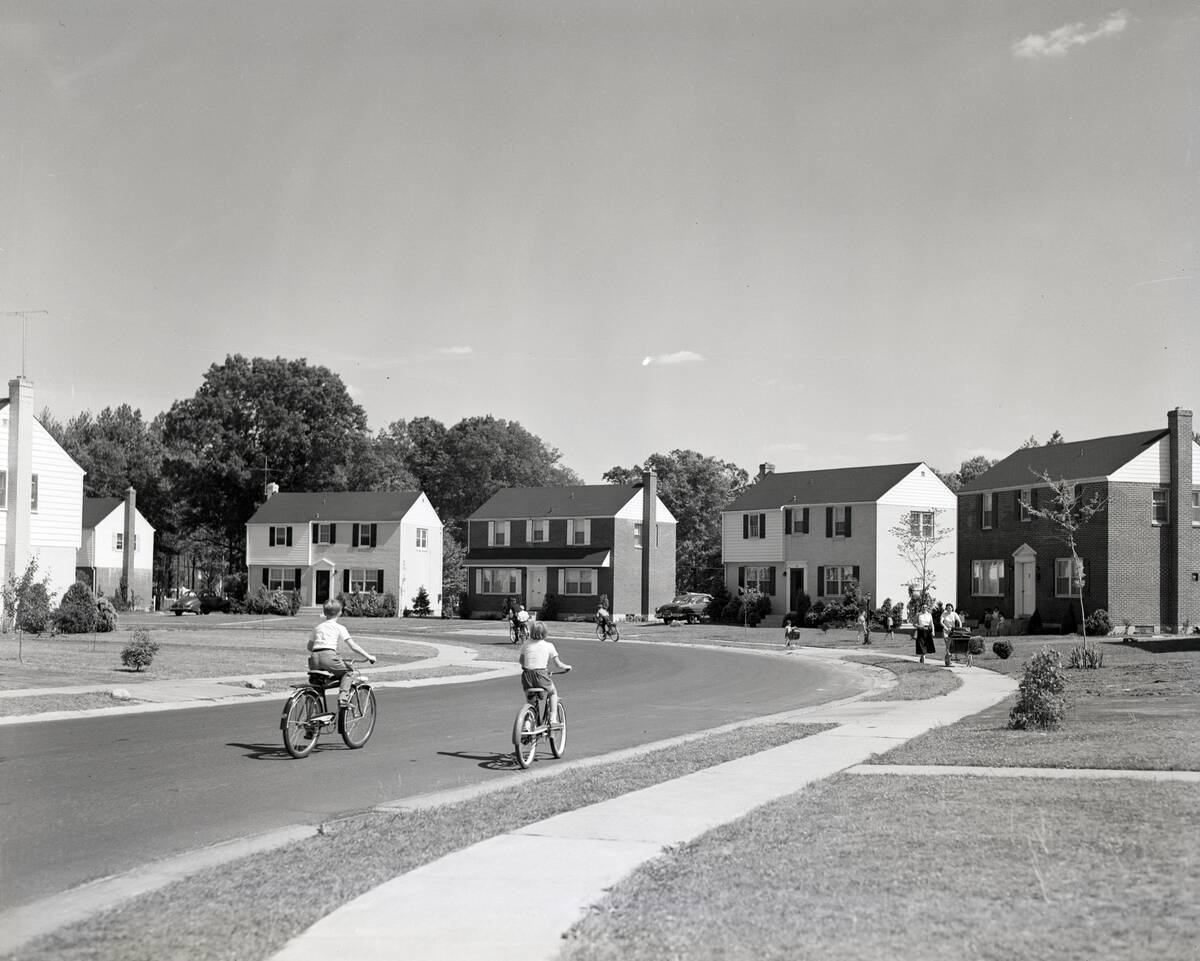
Mid-century American domestic life was characterized by traditional gender roles, with many women focusing on homemaking. The average household in the 1950s featured innovations like washing machines and refrigerators, which made chores easier and more efficient. Popular magazines like “Better Homes and Gardens” provided homemakers with tips on everything from decorating to cooking. Despite the idealized image of the nuclear family, the reality was often more complex, with diverse family structures beginning to emerge.
The Rise of Suburbia: White Picket Fences and Lawn Care
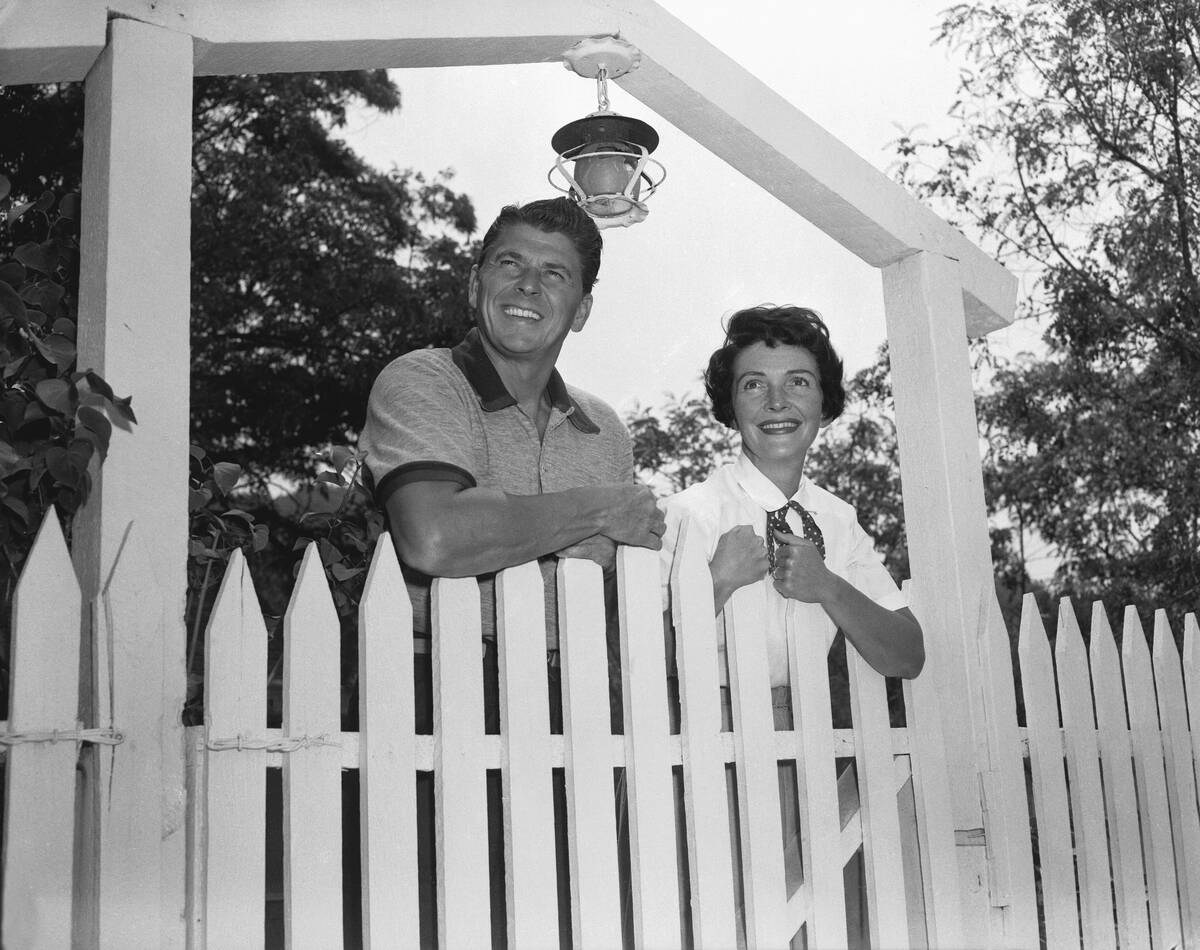
The post-war period saw the rapid expansion of suburbia, with developments like Levittown in New York becoming the archetype of suburban living. These communities offered affordable housing options for returning veterans and their families. The quintessential image of suburbia included white picket fences, manicured lawns, and a tight-knit community atmosphere. Lawn care became a popular pastime, with families investing in tools and machinery to maintain lush green yards, symbolizing the American dream.
Fashion Flashback: From Zoot Suits to Poodle Skirts and Beyond
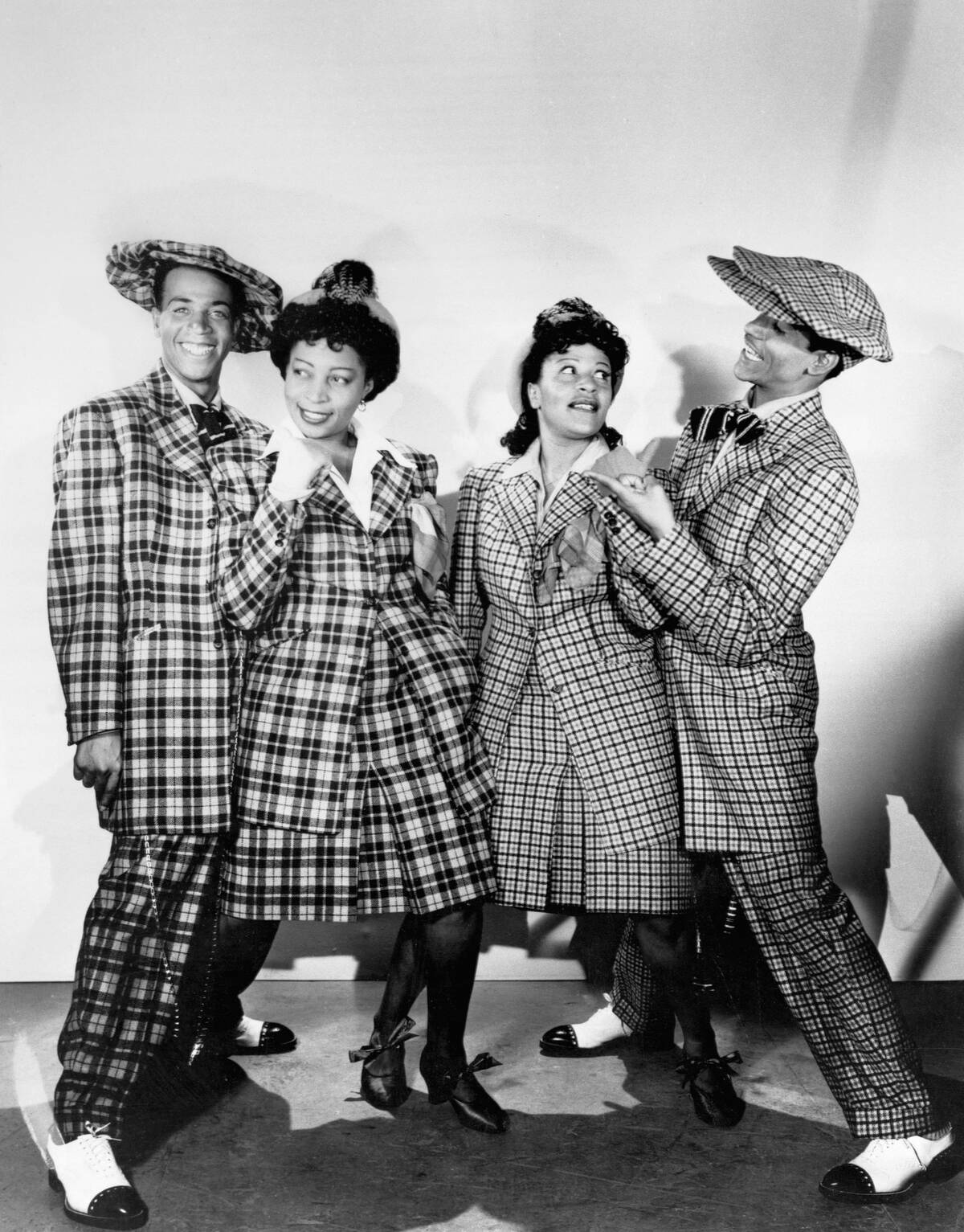
Fashion in the mid-20th century was as diverse as the decades themselves. The 1940s saw the popularity of zoot suits, characterized by high-waisted, wide-legged trousers. By the 1950s, poodle skirts and bobby socks became the rage among teenagers, reflecting a more playful and youthful style. The 1960s brought with it a mod fashion revolution, with bold patterns, mini skirts, and go-go boots, showcasing a break from tradition and a nod towards future trends.
The Sounds of the Decades: Music That Defined an Era
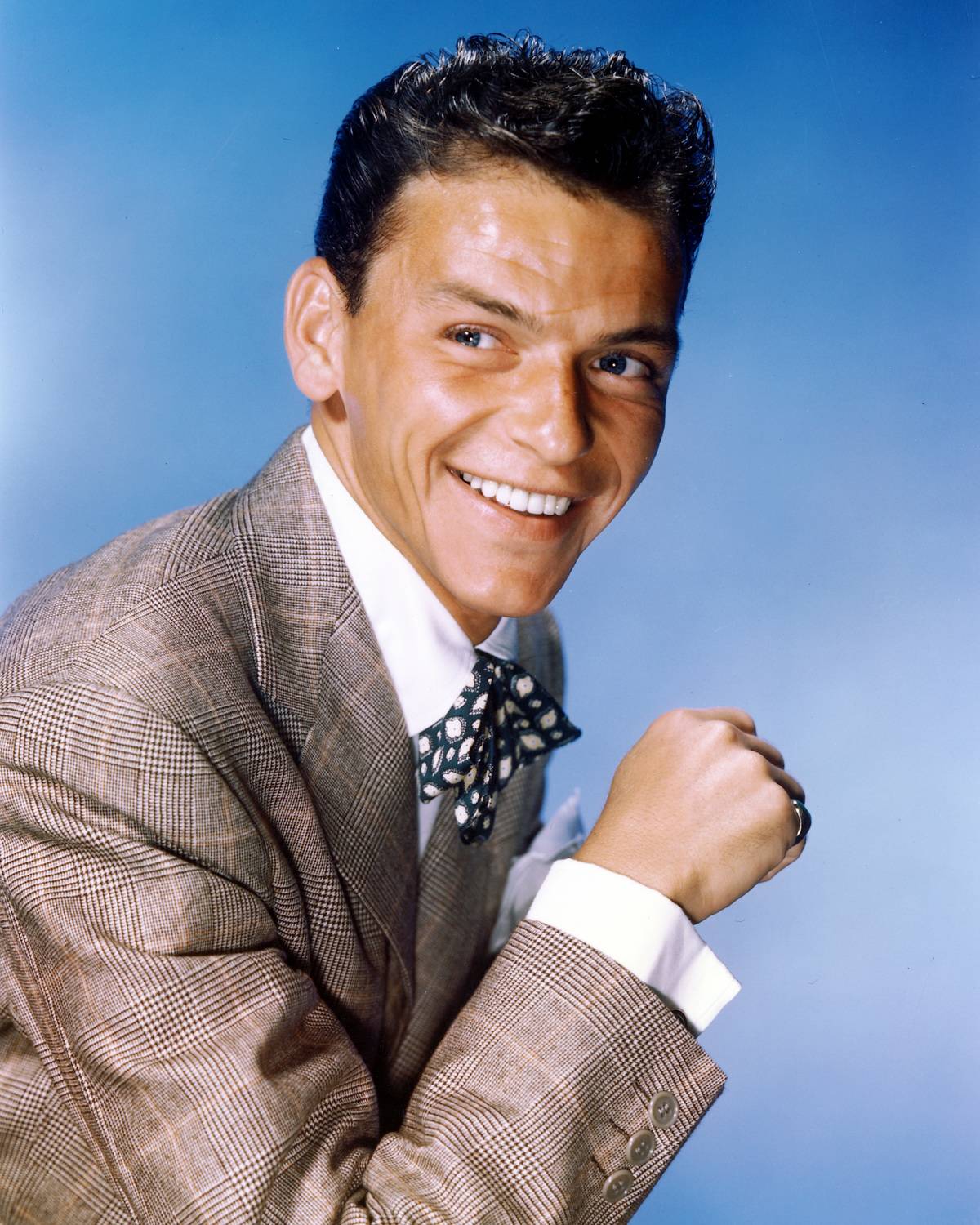
Music underwent a dramatic evolution throughout these decades, with each era bringing its own iconic sounds. Jazz and big band music dominated the early 1940s, providing a lively soundtrack for a nation at war. The 1950s saw the birth of rock ‘n’ roll, with legends like Elvis Presley and Chuck Berry captivating audiences. By the 1960s, the British Invasion brought The Beatles and The Rolling Stones across the pond, forever changing the musical landscape.
The Golden Age of Hollywood: Movies That Captured Hearts
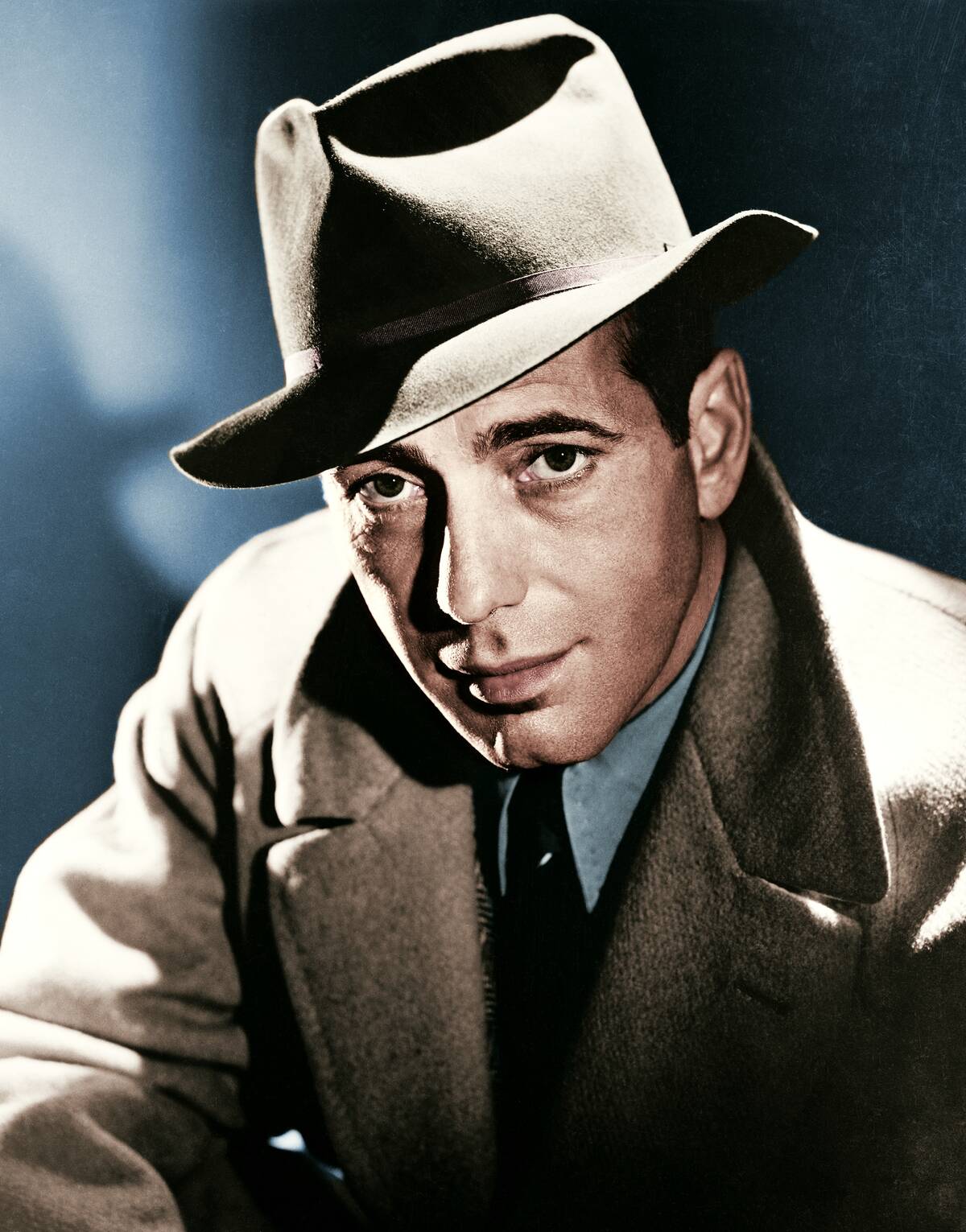
Hollywood’s Golden Age continued to thrive in the 1940s, with stars like Humphrey Bogart and Ingrid Bergman lighting up screens in classics like “Casablanca.” The 1950s introduced moviegoers to epics like “Ben-Hur” and the musical extravaganza “Singin’ in the Rain.” By the 1960s, films like “The Graduate” and “Psycho” pushed boundaries and reflected the changing social landscape. Cinema became a reflection of both the times and the dreams of audiences worldwide.
On the Small Screen: The Evolution of Television
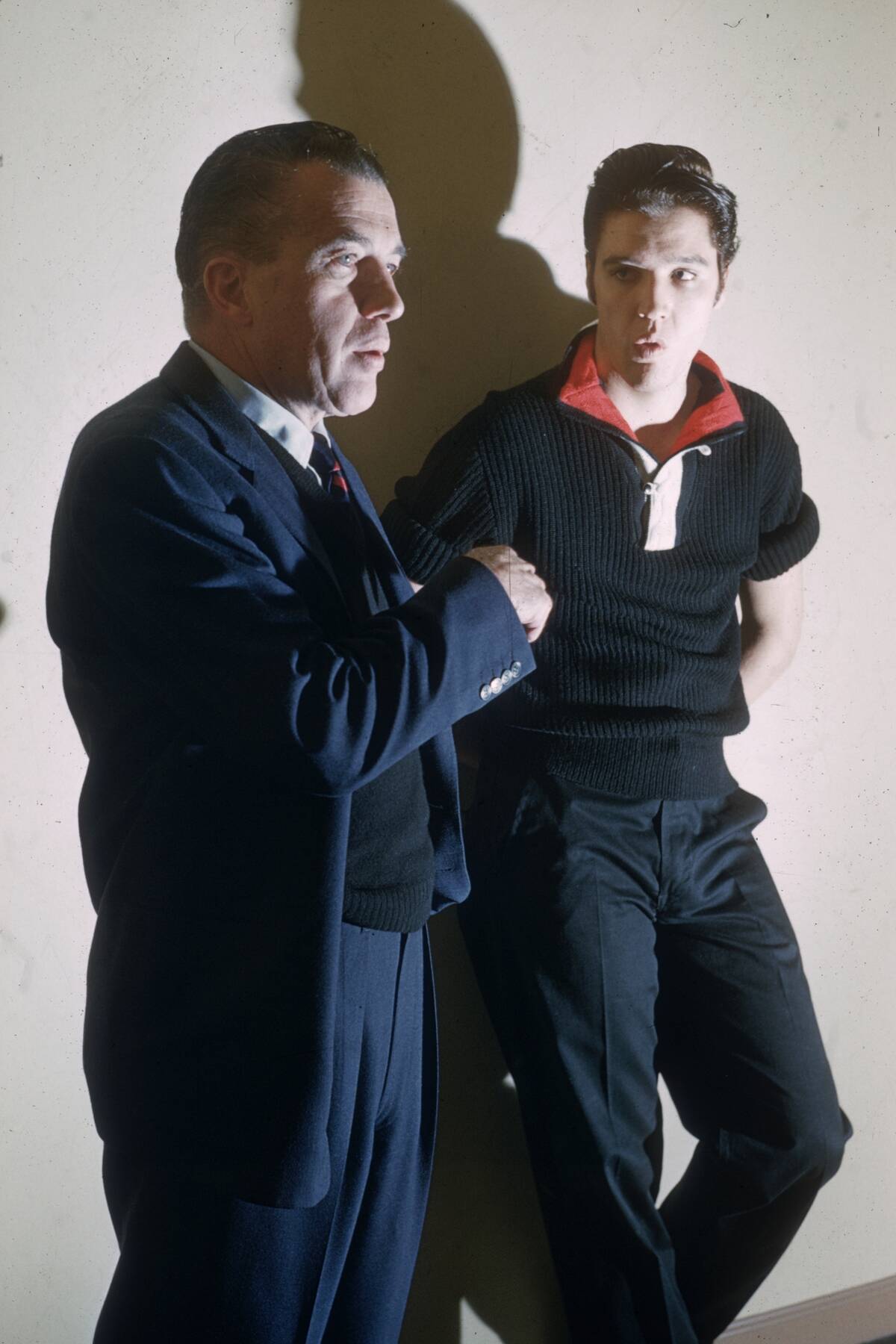
Television rose to prominence during these decades, becoming a central part of home entertainment. The 1950s were marked by the emergence of iconic shows like “I Love Lucy” and “The Ed Sullivan Show,” bringing laughter and performances into living rooms. By the 1960s, color television began to replace black and white, and shows like “Star Trek” and “The Twilight Zone” explored new realms of storytelling. TV became a cultural touchstone, influencing public opinion and trends.
Work Life: From Factories to Office Spaces
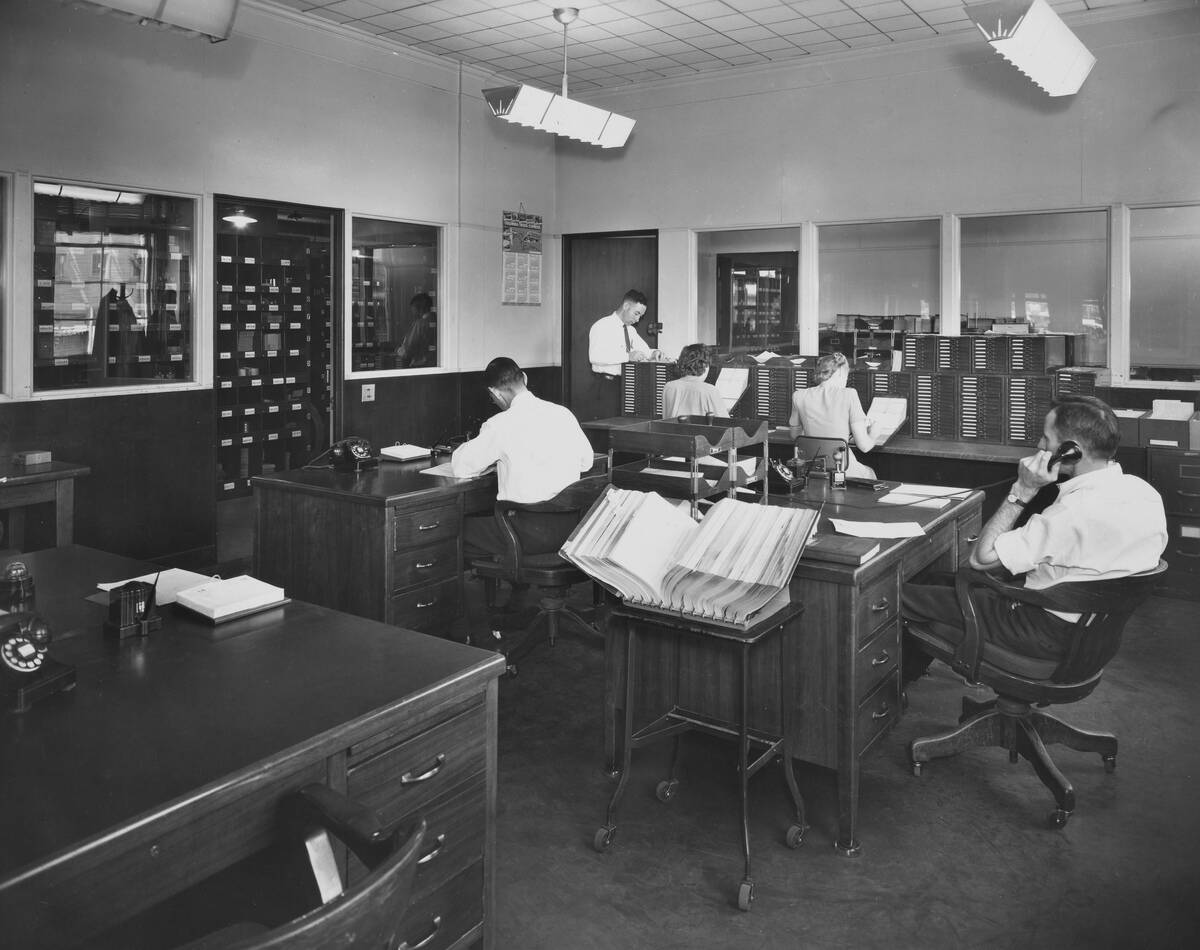
The work landscape shifted significantly during these decades, with a move from industrial to service-oriented jobs. The 1940s and 50s saw factories running at full steam, producing goods that fueled consumerism. By the 1960s, office jobs in finance, marketing, and administration were on the rise, reflecting a changing economy. The concept of the ‘company man’ became prevalent, with individuals often spending their entire careers with one employer, climbing the corporate ladder.
The Family Car: Road Trips and Sunday Drives
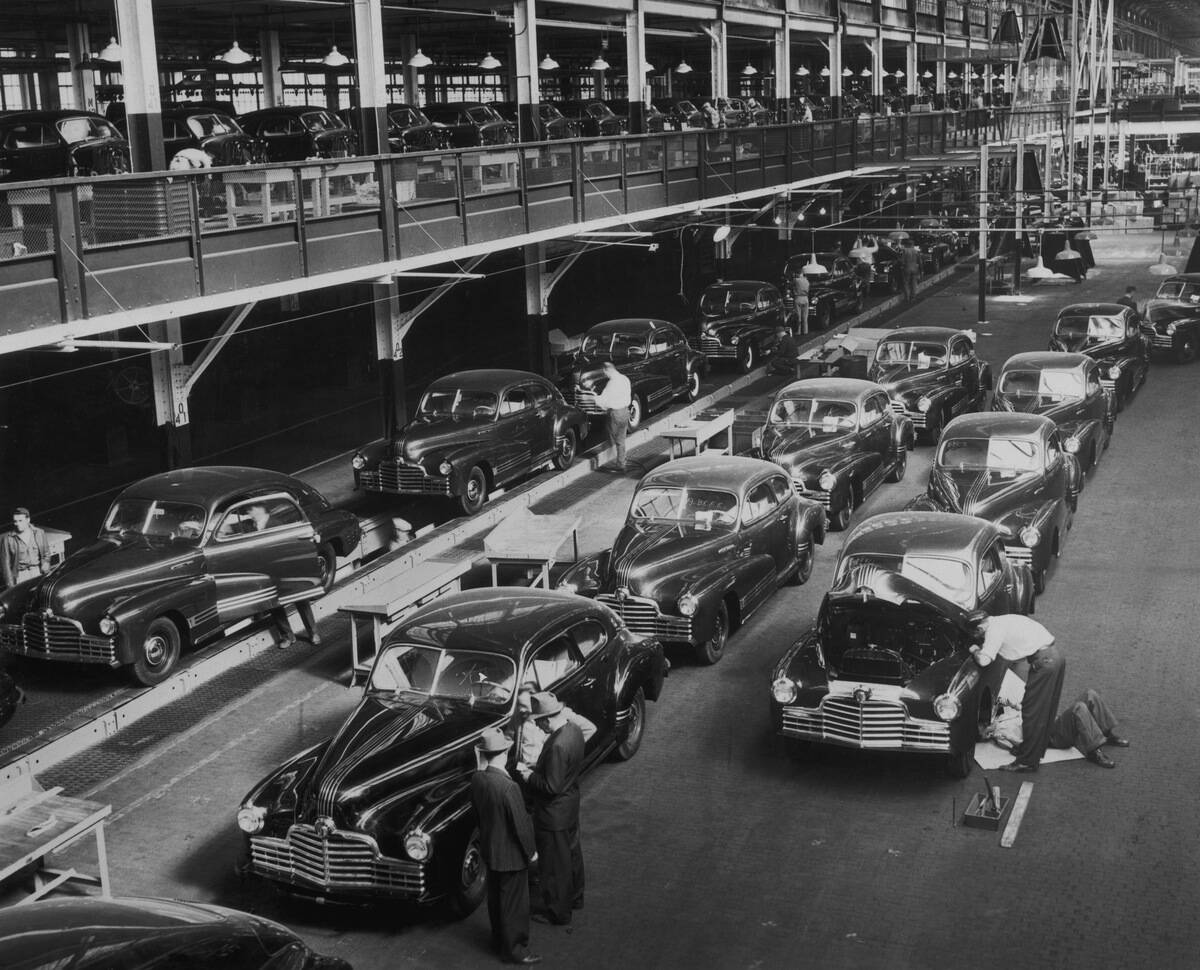
Automobiles became a symbol of freedom and family bonding during the mid-century. The 1950s saw a surge in car ownership, with families taking to the open road for vacations and Sunday drives. Iconic models like the Chevrolet Bel Air and the Ford Thunderbird became beloved staples. The creation of the Interstate Highway System in 1956 facilitated cross-country travel, making road trips a quintessential American pastime and cementing the car’s place in popular culture.
School Days: The Classroom Experience of Yesteryear
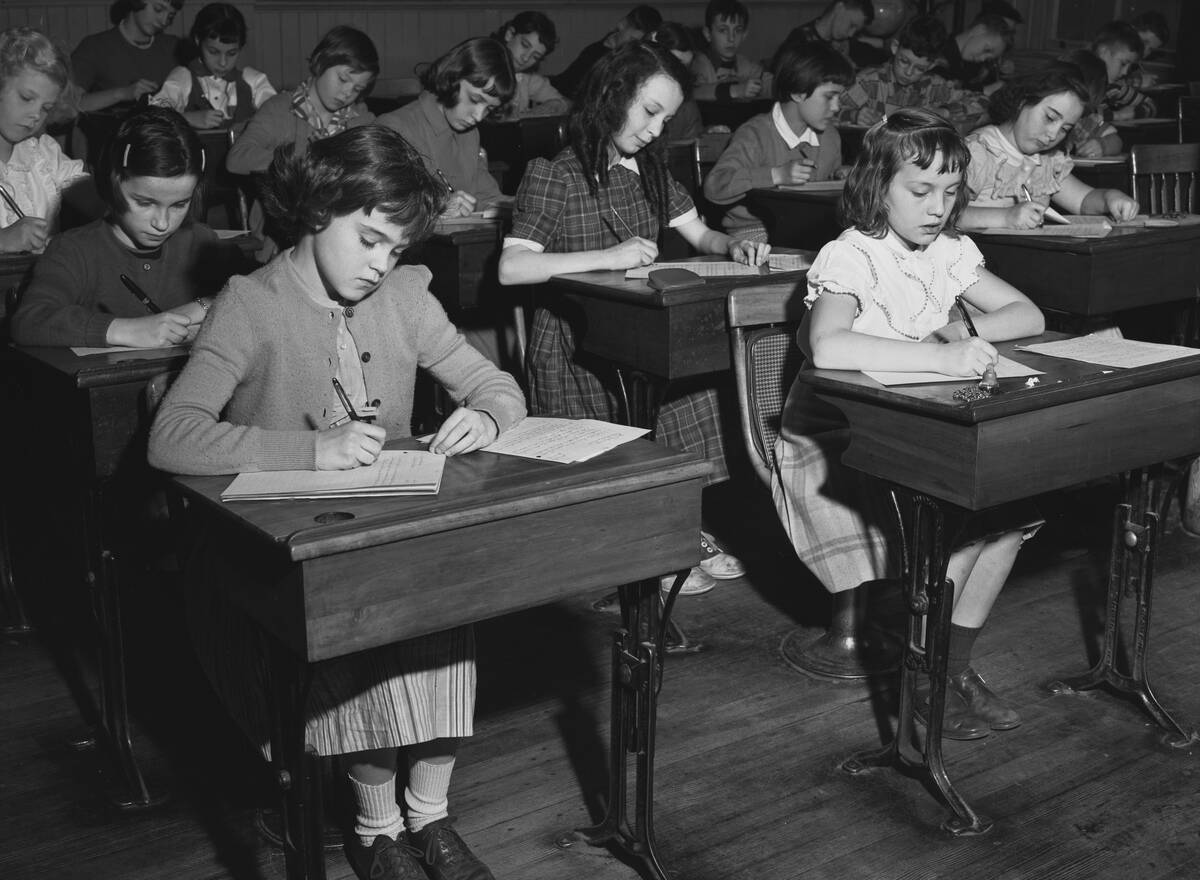
Education in the mid-20th century was marked by significant changes, including the implementation of the GI Bill, which increased access to higher education. The 1950s and 60s saw the rise of standardized testing and a focus on science and math, spurred by the space race. Classroom environments were often more formal, with strict dress codes and disciplinary measures. Despite these rigid structures, schools also began embracing new teaching methods, laying the groundwork for future educational reforms.
The Technological Boom: Gadgets and Inventions That Changed Lives
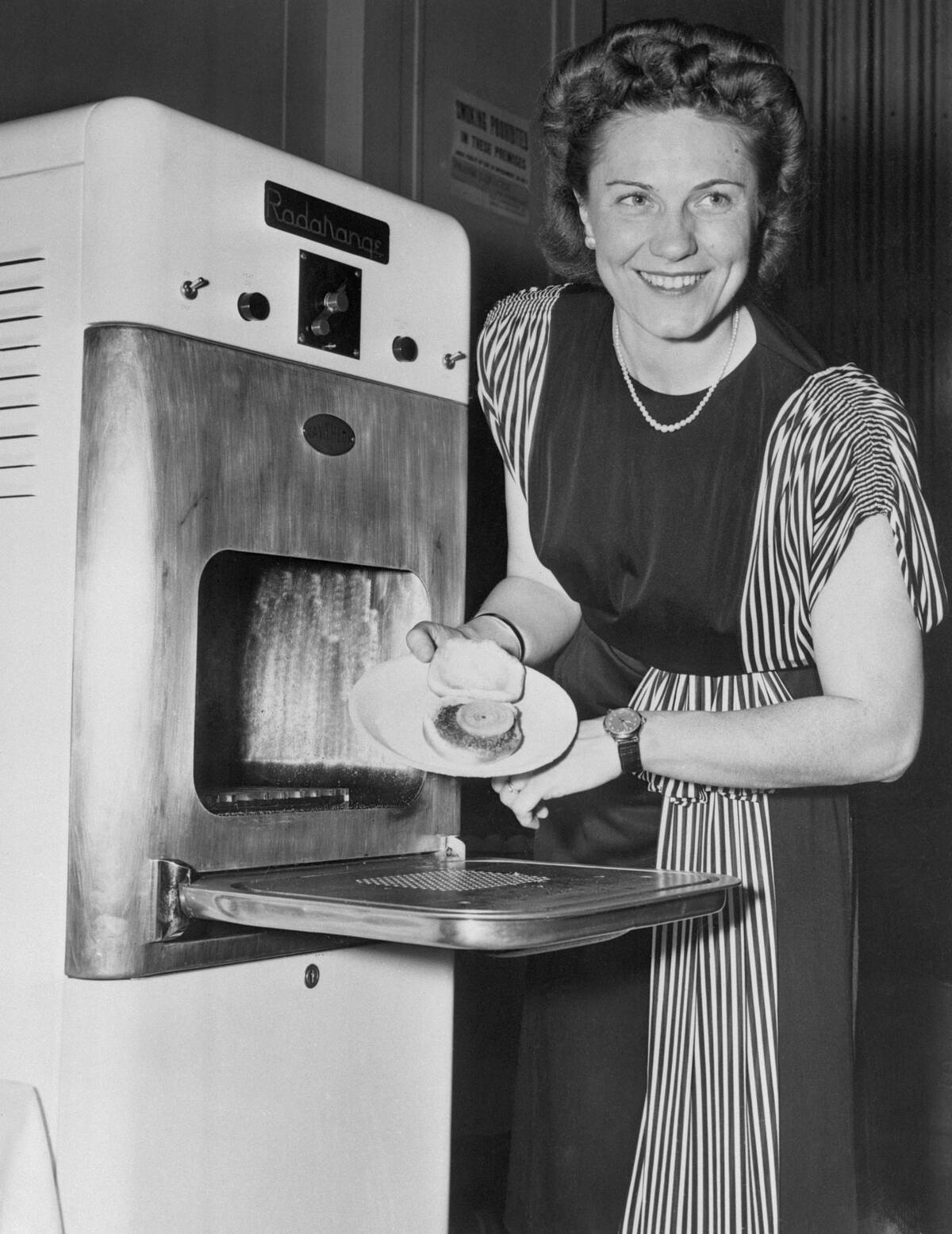
The mid-century was a period of remarkable technological innovation, with inventions that transformed daily life. The microwave oven, introduced in 1947, revolutionized home cooking by providing a quick and convenient method for meal preparation. The 1960s saw the debut of the first commercially available computers, which, although bulky, signaled the dawn of the digital age. These gadgets, along with advancements in television and telecommunications, set the stage for the tech-driven world we know today.
Popular Pastimes: From Sock Hops to Drive-In Theaters
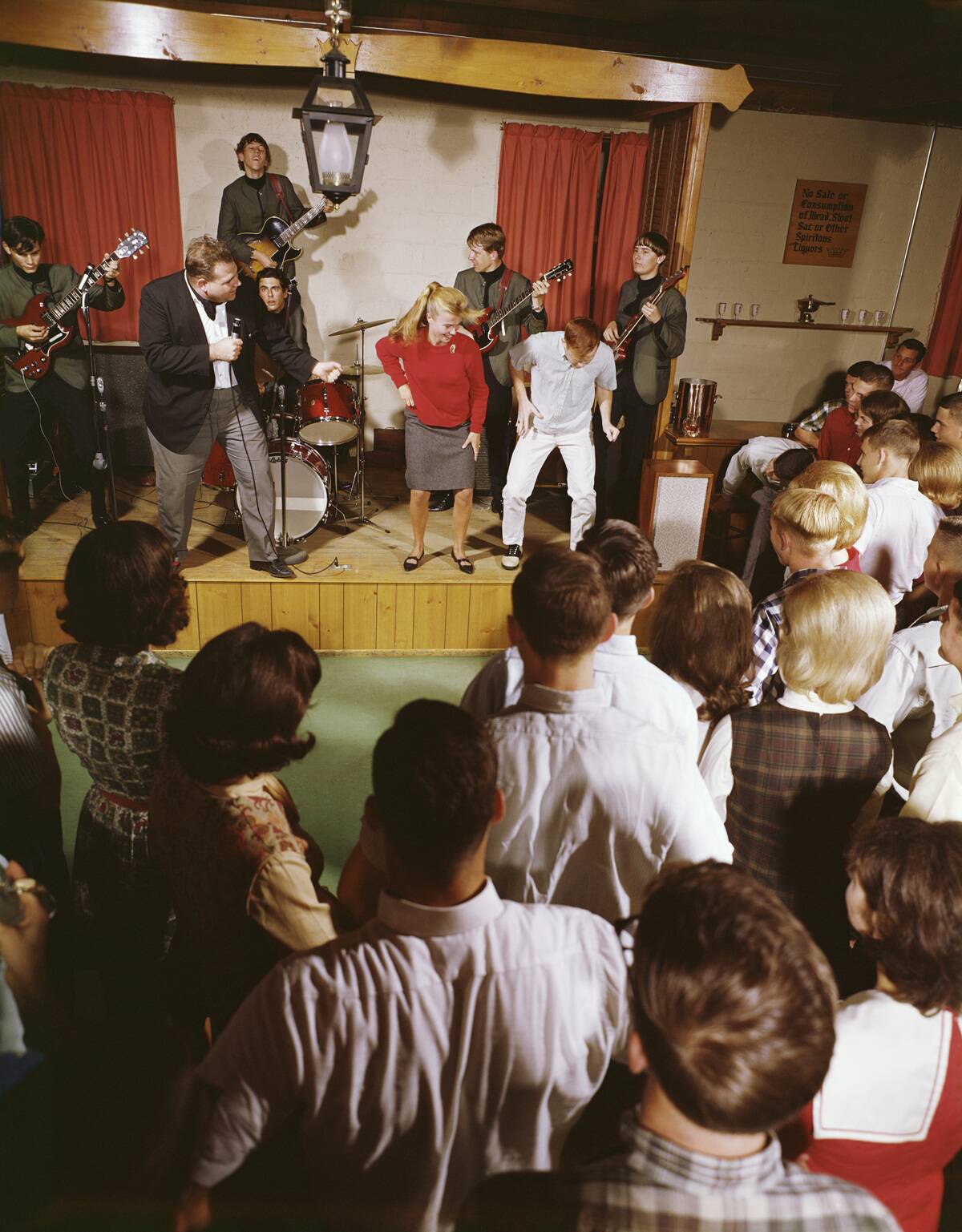
Entertainment in the mid-20th century was as diverse as it was exciting. Sock hops—informal school dances—were the rage among teenagers in the 1950s, offering a place to twist and jive to the latest tunes. Drive-in theaters gained popularity, providing a unique movie-going experience where families and couples could enjoy films under the stars. These pastimes not only entertained but also fostered a sense of community, creating cherished memories that lingered long after the events ended.
Dining Delights: Iconic Foods and Dining Trends
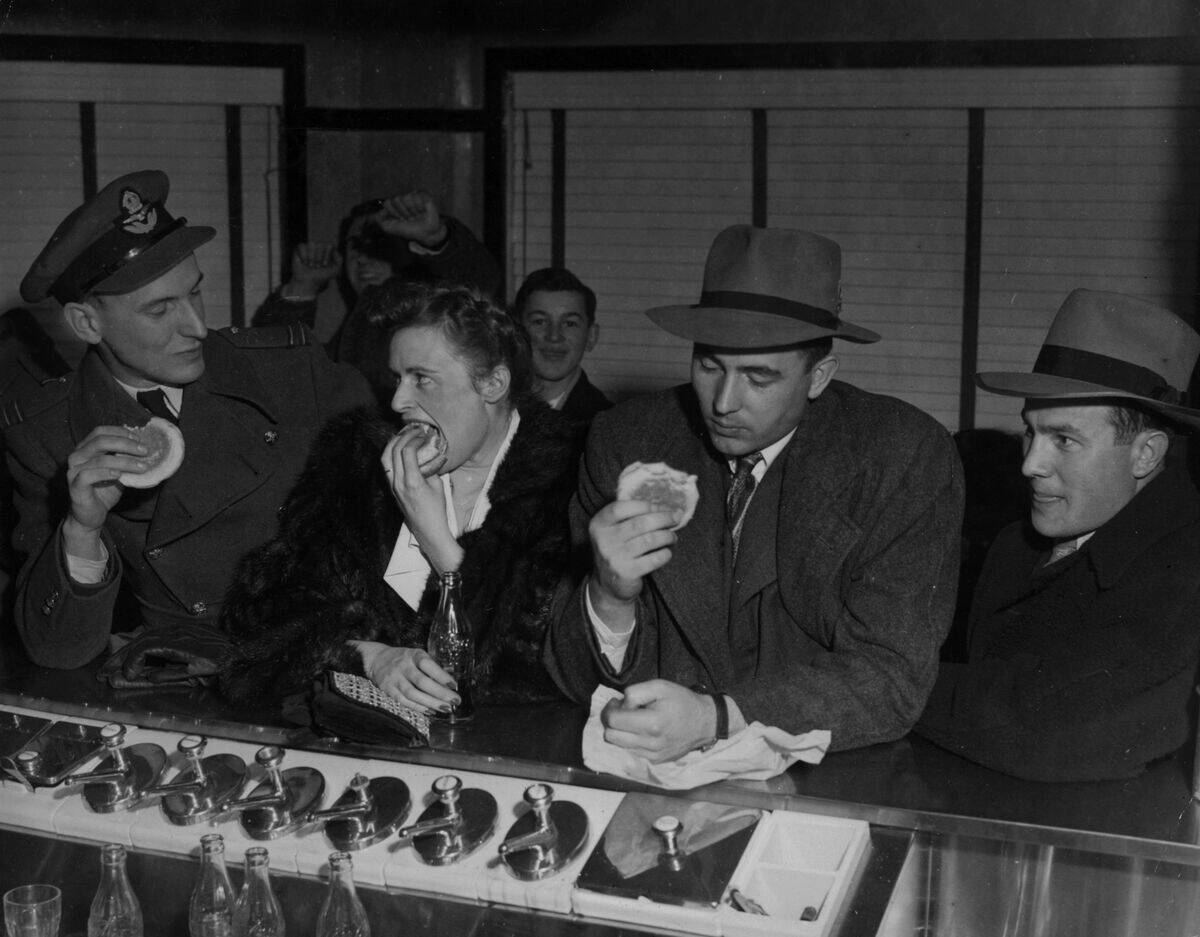
The culinary landscape of the mid-century was filled with both tradition and innovation. The post-war era brought an abundance of convenience foods like TV dinners, which debuted in 1953, offering a quick meal option for busy families. Fast food chains like McDonald’s began to spread, changing the way Americans dined out. Meanwhile, iconic dishes like meatloaf and Jell-O salads graced family tables, blending comfort and nostalgia in every bite, while ethnic cuisines slowly started gaining popularity.
Fashionable Footwear: From Saddle Shoes to Go-Go Boots
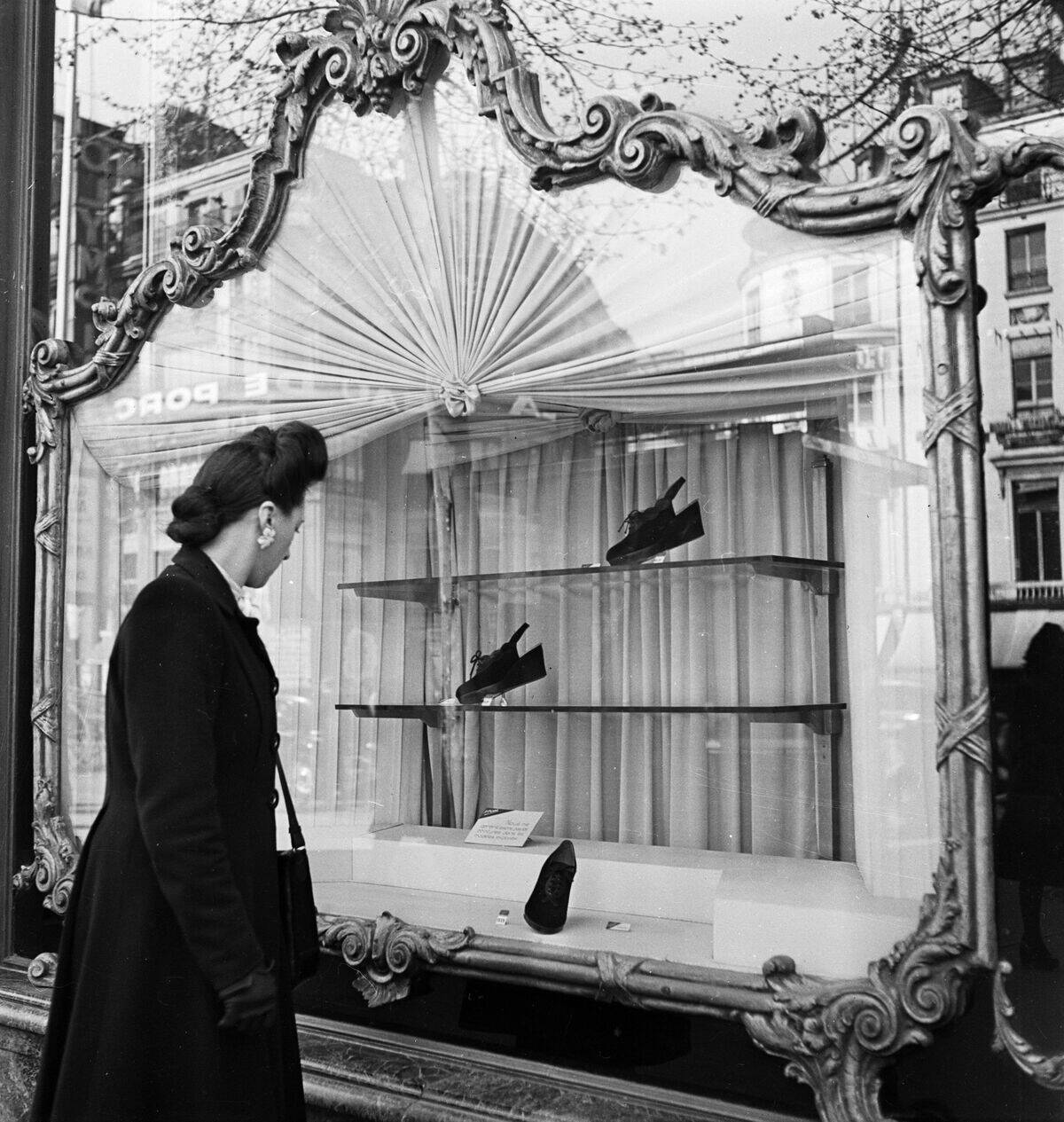
Footwear in the mid-20th century was as stylish as it was varied. The 1950s were defined by saddle shoes, which became a staple for school-aged children and teenagers. These two-tone shoes were as comfortable as they were fashionable. By the 1960s, go-go boots emerged as a fashion sensation, epitomizing the mod style with their sleek design and bold colors. Both styles left a lasting impression, influencing footwear trends for years to come.
Social Movements: Seeds of Change in Society
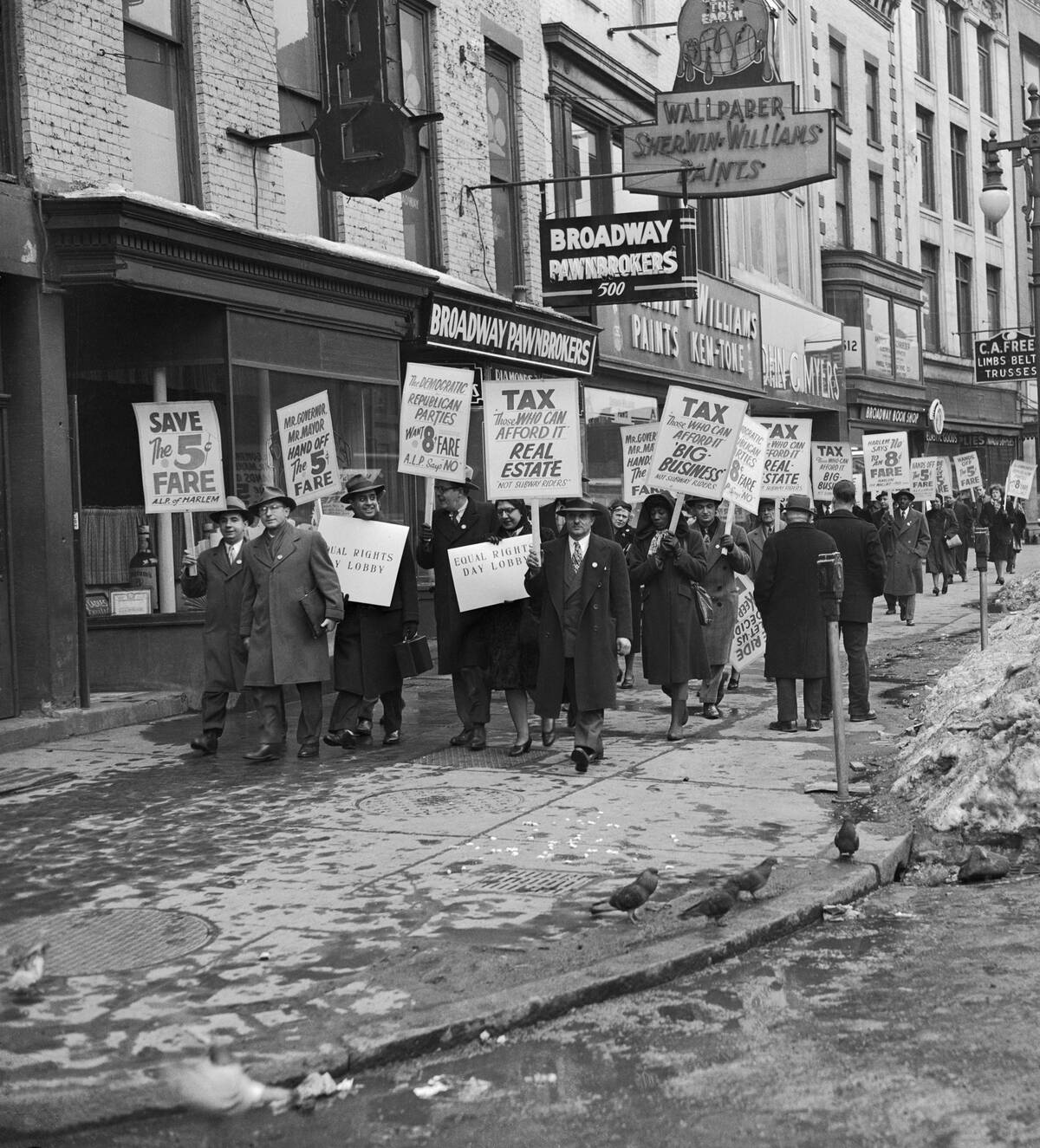
The mid-20th century was a pivotal time for social change, with movements that reshaped society. The Civil Rights Movement gained momentum in the 1950s and 60s, leading to landmark legislation like the Civil Rights Act of 1964. The feminist movement also began to take shape, challenging traditional gender roles and advocating for equality. These movements not only brought about legal and social changes but also inspired future generations to continue the fight for justice and equality.
The Sports Scene: Legends and Pastimes That Captivated Fans
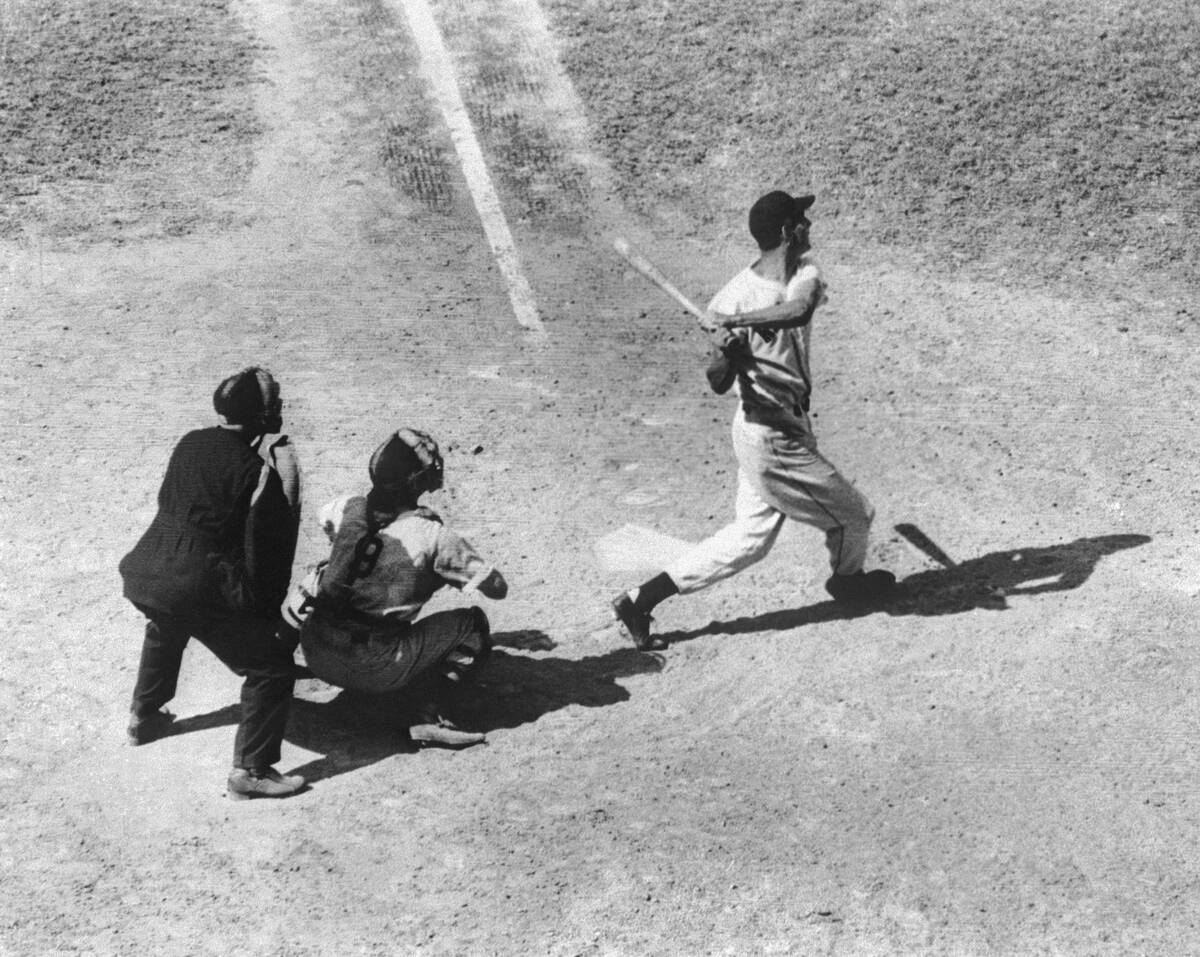
Sports in the mid-century were a source of both entertainment and inspiration. Baseball reigned supreme, with legends like Jackie Robinson breaking barriers and winning hearts. The 1960s saw the rise of Muhammad Ali, whose charisma and skill in the boxing ring made him a global icon. Meanwhile, the Super Bowl was first held in 1967, quickly becoming a major sporting event. These athletes and events not only thrilled fans but also played a role in shaping cultural narratives.



